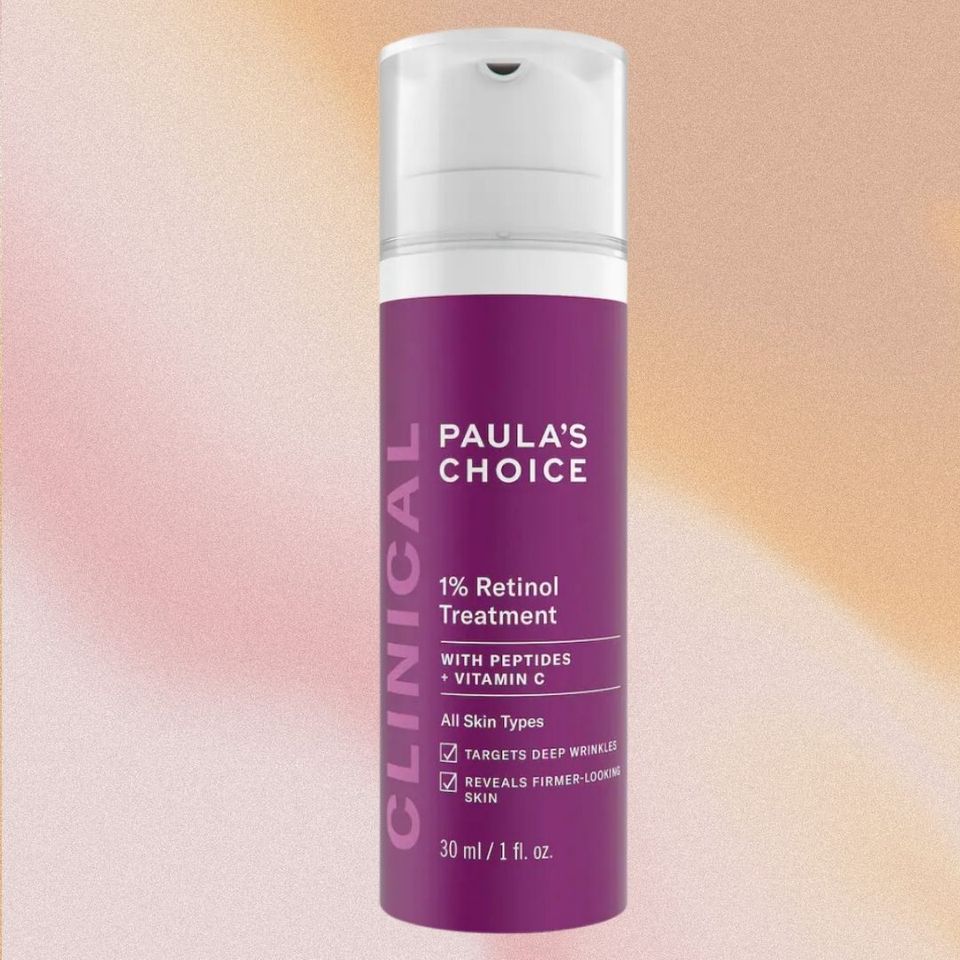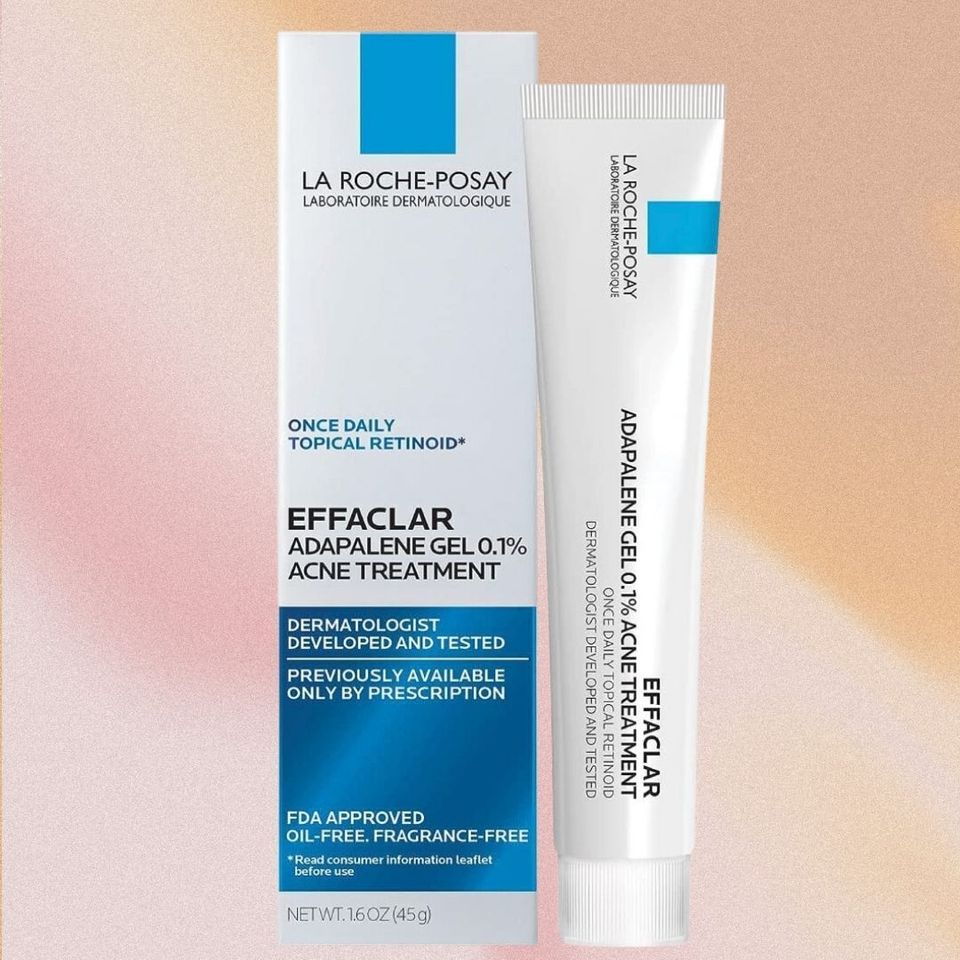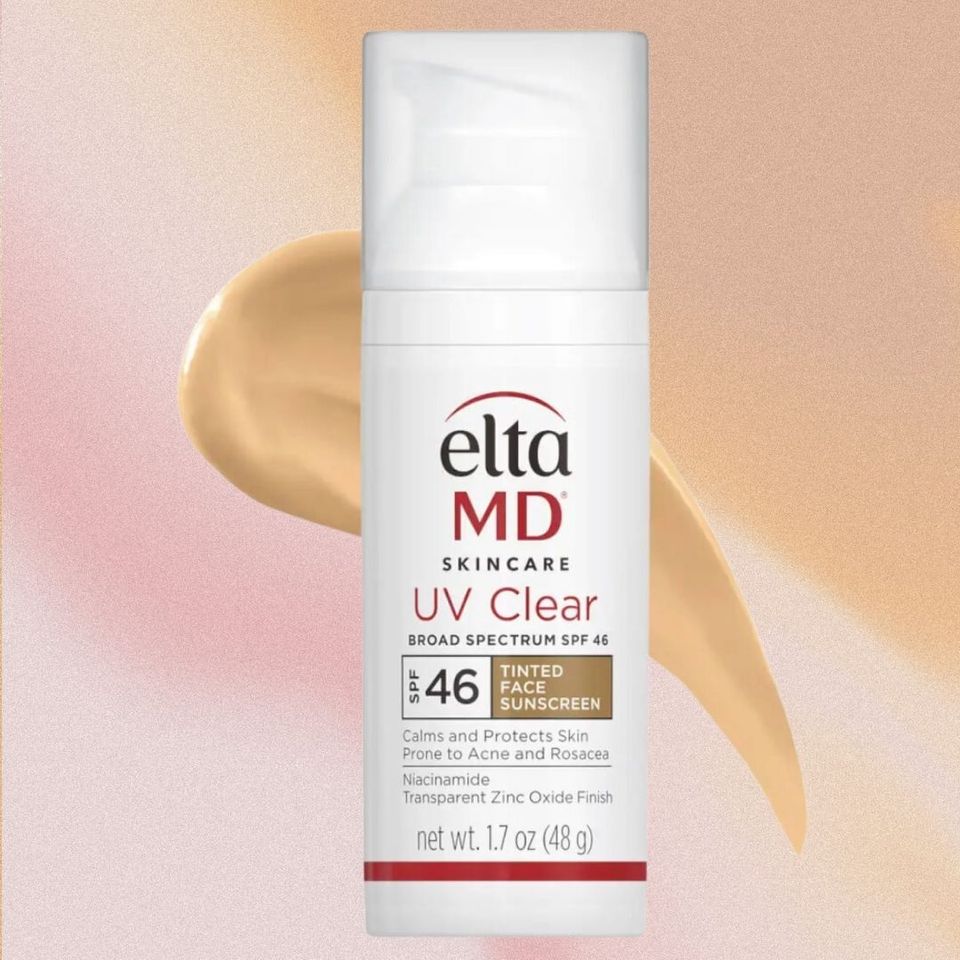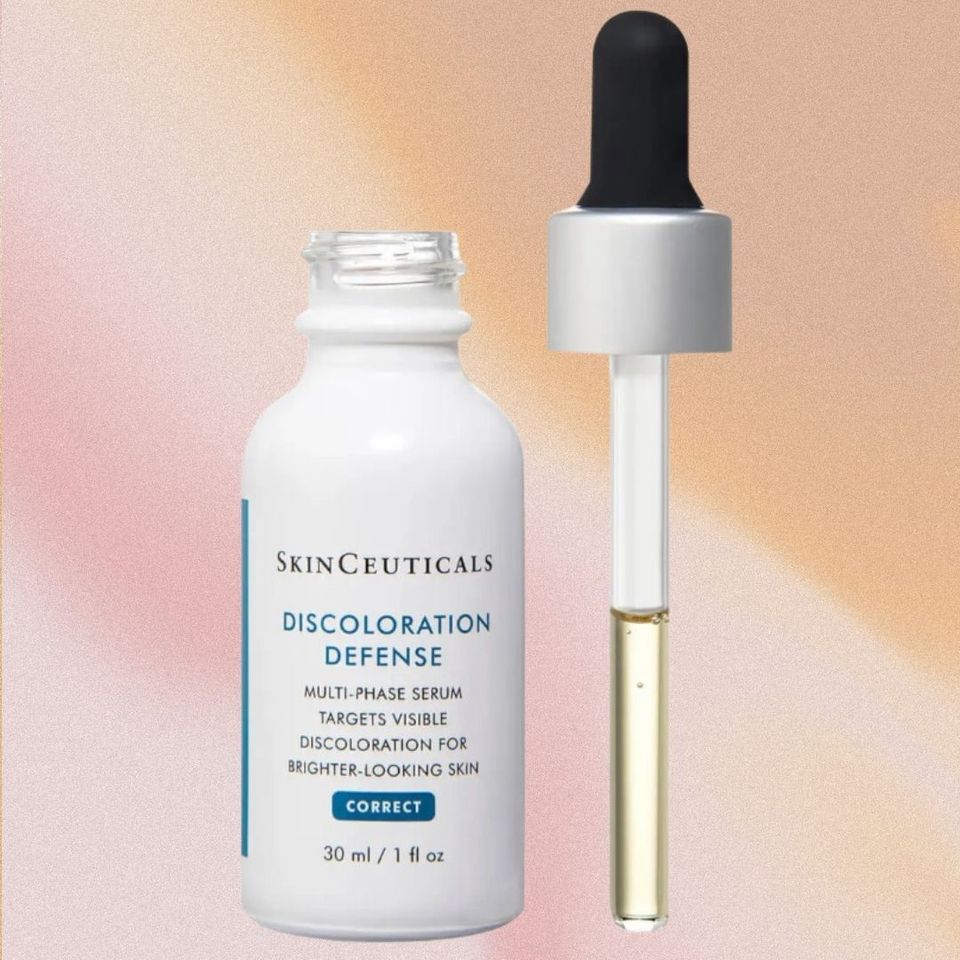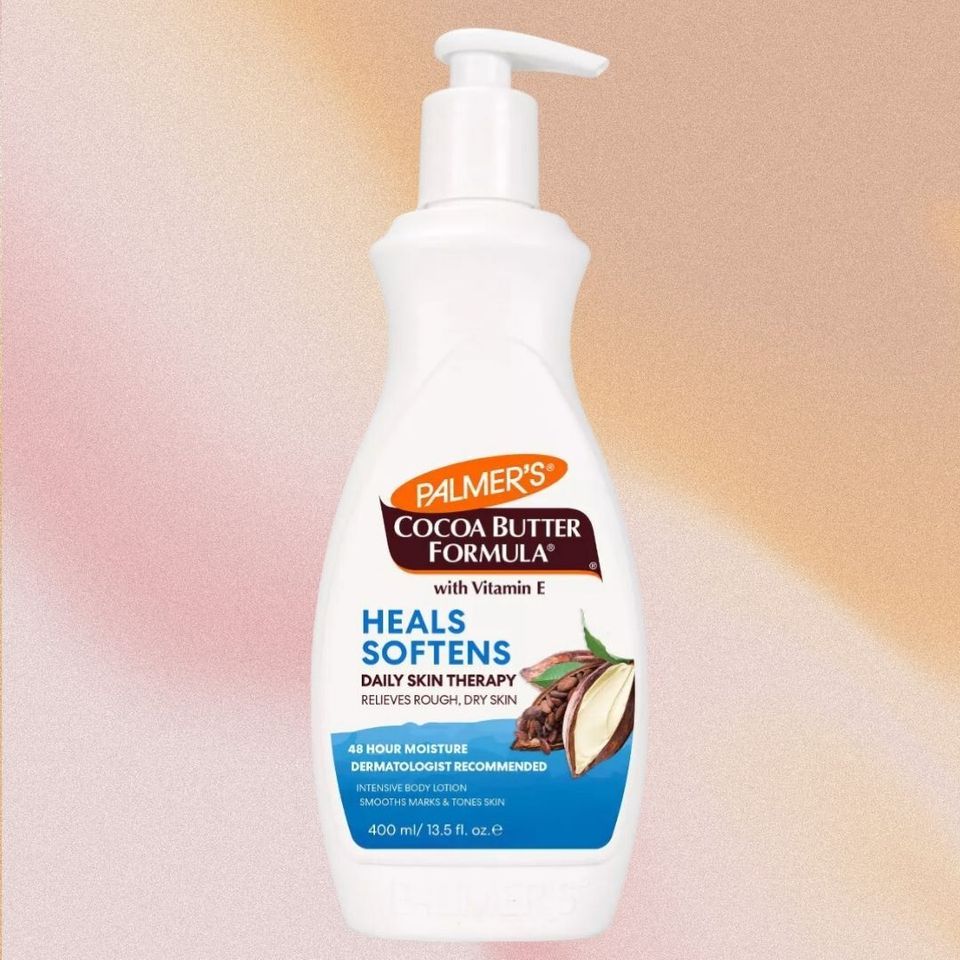If you have scars on your body, there are a number of ways you may feel about them on any given day. Sometimes you hide your scars. Sometimes you decide you don’t care. Sometimes you think of them as badges of honor. You may think happily about the inception of some, while you’d rather forget about others.
We have at our fingertips the tools to touch up our images on social media sites, effectively brushing out any scars we don’t want the world to see. The mainstream idea of beauty, after all, is one that’s free of blemishes, and scars themselves are often used in films, comic strips and fairy tales to signify that a particular character is evil (think Freddy Krueger, The Joker or numerous Bond film villains) or, at the very least, up to no good (think Staff Sgt. Robert Burns in “Platoon”).
Scars can affect our self-esteem, body image and confidence. In a 2019 study of breast cancer survivors, the majority reported feeling uncomfortable and self-conscious about their scars. A 2023 PubMed article that drew research results from multiple scientific papers concluded that acne scarring plays a significant role in body image and self-esteem. In fact, even after the physical symptoms of the acne had been controlled, mental illnesses and avoidant social behaviors persisted. And burn patients have long been known to suffer from negative body image and stigma.
Understanding the science behind scars can catapult the journey to accepting ― and maybe even celebrating ― them. In that spirit, we talked with dermatologists about scars of all types, including their prevention and treatment.
What Is A Scar, Anyway?
Every time a scar forms, a sequence of events transpire, explained Dr. Anthony Rossi, a board-certified dermatologist and assistant attending at Memorial Sloan Kettering Cancer Center. First, inflammatory cells arrive at the wound site to prevent infection and heal platelets to stop the bleeding. Then fibroblasts (a type of cell that secretes collagen) launch tissue and dermis (the middle skin layer) repair, which allows the epidermis (the top skin layer) to grow over the top. This is a natural, ordered process.
There are, though, different kinds of scars. What forms depends on a variety of factors including location, depth and severity of the wound, along with treatment, genetics and the cause of the wound.
Different Types Of Scars
First, there are flat, linear scars that are usually the result of surgical incisions. They will “ideally heal with the right amount of keratinocytes (a kind of skin cell) over the epidermis and pigment back to your skin color,” Rossi explained.
Scars that do not match your original skin color can be either hypopigmented or hyperpigmented.
Hypopigmented ones heal lighter, which Rossi said could just be because your skin has UV damage. On the opposite end, hyperpigmented scars form new skin with more pigment than your original skin. One cause of this could be that you naturally have melanin-rich skin, Rossi said. Melanin determines our eye, hair and skin color.
Hypertrophic scars, which can be itchy and painful, are raised and bumpy. They form when your body produces more collagen than is needed, and can feel thick.
Keloid scars, similar in appearance to hypertrophic ones, possess thickened collagen fibers that extend deep into the dermis, usually beyond the area of the initial trauma, which is what differentiates them, explained Dr. Maral Kibarian Skelsey, director at the Dermatologic Surgery Center of Washington. While they’re more common in skin of color, keloids can occur in a variety of people.
Why Do Some People Scar More Easily Than Others?
“We know that some people who have keloids may be predisposed because of family history,” said Dr. Tomi Lee Wall, a cosmetic laser dermatologist. Other factors include environment, whether the scar gets infected, wound depth and location. Some areas, like the legs, do not heal as well because circulation is poor. Any place of high tension where the skin is tight (think of your forehead or your collarbone) will scar worse, Skelsey added.
Your age also comes into play. “The older you get, the less chance there is that you can form skin that looks just like it was before it got cut; there’s always like a little bit of different color or texture,” Wall said.
The good news is that there are indeed things you can do to minimize new scars from forming, as well as ways to treat old ones.
How Surgeons Can Minimize Scarring Before It Happens
In surgery, it all begins with where a surgeon cuts, Rossi said. Our skin has Langer’s lines, invisible lines of tension, that run perpendicular to the way a specific muscle contracts. For instance, when you raise your eyebrows, you create horizontal forehead creases. Those wrinkling patterns are Langer’s lines.
“Orienting the incision sites within these lines is very helpful because it lessens tension on the wound while it’s healing,” Rossi said.
When a surgeon cuts into these lines in the proper direction, that’s a prime way to reduce scarring.
The more tension there is, the more the skin will pull apart, Rossi explained. This can lead to a spread scar or an atrophic scar; a thin, indented scar that resembles a stretch mark. (Stretch marks are essentially dermal scars resulting from a loss of collagen). To further minimize tension, surgeons do what they call a layer closure.
“These are deep, buried sutures that will dissolve. They release tension off of the epidermis allowing the skin to heal and grow without pulling it apart too much,” Rossi said.
How You Can Minimize Your Own Scarring
While he recognizes that most people will have a tough time with this, Rossi tells people to limit their exercise while their scars heal. When we exercise, not only are we pulling and pushing, but we’re all also stealing blood flow away from the area that’s healing, both of which can make scarring more prominent.
Keep your wound clean and moist (petroleum jelly works well for this).
Keeping a wound moist is “contentious because so many people think you should dry out a burn or wound to make it form a scab,” Rossi said. The thing about scabs, though, is that they are the body’s quick-stop mechanism. When scabs form, the actual top layer of the skin doesn’t heal as well because keratinocytes aren’t allowed to move as they normally would to re-epithelialize or recapitulate the epidermis.
In the same vein of drying out a wound, many people think sunlight will make scars better.
“Totally not true,” Wall said. “Every single dermatologist will tell you not to do that.” She also emphasized that preventing infection by increasing circulation in the area of the wound is paramount.
“For instance, if it’s on your leg, elevate it and rest so that your body can heal correctly,” she said.
All of the dermatologists we spoke to recommend keeping the area covered with a moist pressure dressing. Silicone dressings, gels and sheets help improve (and sometimes prevent) a scar by “keeping it flat while also allowing the cells to migrate,” Rossi said.
How To Treat Existing Scars, New And Old
Scars can be treated with a variety of lasers and injections (including Botox in certain locations) as well as with topical applications like tretinoin or retinol. Before embarking on any treatment, see a dermatologist to ensure it’s appropriate.
Vascular Lasers
Scars that appear red or purple in appearance are a result of the blood vessels growing to heal the wound. For these, Rossi said, doctors use a vascular laser.
This could be a pulse dye laser or a solid state laser such as a KTP laser or Nd:Yag laser. These work to get rid of these red blood vessels — which you no longer need because the wound has healed — to improve the overall color of the scar, he explained.
Non-Ablative Lasers
Non-ablative fractionated lasers drive columns of heat deep underneath the skin, which signals your body to build up collagen, Wall said. They are especially good for scars that are depressed or indented, such as those that result from acne.
By creating these columns or thermal zones of coagulation, they set off your body’s repair mechanisms but, because they’re so thin and tiny, you heal without scarring. Essentially, they “prompt new, more organized collagen which improves the scar’s texture,” Rossi said.
Ablative Lasers
Ablative lasers such as a CO2 laser or an erbium YAG laser remove or vaporize the top layer of skin (while non-ablative lasers do not) as they “poke tiny microscopic holes in order to put medication deeper into the scar,” Wall said.
These drill holes force your body to repair but again, because they are so small your body heals without scarring, explained Rossi.
Medication Injections And Other Methods
For burn scars on people’s faces or legs that cause discomfort or contractures (when you can’t move an area of your body normally), Rossi does surgical releases called z-plasty incisions or laser incisions to release tension.
If the scar is thick, like a hypertrophic scar or a keloid, doctors will inject steroids or triamcinolone (an anti-inflammatory) or even fluorouracil, which is a chemotherapeutic medication, Wall said.
As far as treatments go, it’s important to realize that just like the scars themselves, there are many types.
“Treatment is not one-size-fits-all for one type of scar, nor for one type of skin,” Skelsey said. “And certain kinds of skin cancers can be missed when the diagnosis is considered just to be a scar.”
What You Shouldn’t Do
Just as many of our mothers instructed, you should never pick at a wound.
“You’re traumatizing it. The more you pull, the more tension increases,” Rossi said. While there are all kinds of hacks in TikTok on how to improve scars, Rossi said that most really shouldn’t be tried on your own; specifically microneedling or injections.
“I mean, the concept is there, we can do it in the office, but they’re not great to try it at home,” Rossi said.
Then there are antibiotic ointments (used on wounds to prevent infection), which Wall refers to as her nemesis.
“So many people become allergic to them,” she said, “and then on top of the scar that you’re trying to heal you have red, itchy, bumpy rashes.”
There are also things that don’t harm, but don’t particularly help either, like butter, vitamin E and collagen supplements, Wall said. “None of that has been proven to be helpful in improving a scar,” she said.
Healing That Goes Deeper Than The Skin
Scars often carry an emotional component, one that can persist even after the physical appearance of the scar has been improved.
Rossi sees a lot of scars after surgery, including breast cancer scars. He also sees patients who have self-harm scars.
“A scar can remind people of disease or something traumatic that happened to them,” he said. “Not only do we try to improve the aesthetic appearance, but the emotional as well.”
Working with a psychologist or psychiatrist can help in this aspect, as can trying to get rid of the actual scar. While a laser won’t fix the underlying problem, it can help people move forward from the past, Rossi said.
Wall shared about a patient who was in the military and had been struck by an explosive device in Afghanistan. She had shrapnel scars all over her face that were not visible to most people. But when looking in the mirror, all she could think about was what had happened and how traumatic the experience had been.
In another instance, Wall had a woman with scars from bilateral mastectomies. “She was devastated with the different color of the scar even though it was barely noticeable. I think that the circumstances surrounding what caused the scar and the personality of the patient really makes a difference,” Wall said.
All of this is to say that scars, like the skin beneath them, are multi-layered. And you are the only one truly qualified to decide their fate.
Below are products that dermatologists recommend to reduce scarring.
HuffPost and its publishing partners may receive a commission from some purchases made via links on this page. Every item is independently curated by the HuffPost Shopping team. Prices and availability are subject to change.
A 1% retinol treatment
We selected this high-strength retinol treatment by trusted skin care brand Paula’s Choice for its 1% concentration and the addition of peptides, which can help support a healthy skin barrier and boost collagen production as well. This potent, lightweight and lotion-like serum also contains oat, willow bark and licorice root extracts, all of which can help address redness and skin sensitivity.
A prescription-strength retinoid treatment
Camp previously recommended this prescription-strength retinoid treatment by La Roche-Posay, the French pharmacy staple behind several cult-favorite skin care products. “Marketed as an acne medication, this retinoid was previously available only with a prescription and can be used to treat discoloration,” Camp said.
A six-pack of silicone scar patches
These clear scar patches are made 100% medical grade silicone, are water-resistant and are effective for 24 hours.
A brightening niacinamide serum
We chose The Ordinary’s niacinamide serum because it’s one of the internet’s most well-known formulations and a product that I have used and loved for several years. It’s affordable and utilizes a high-strength niacinamide concentration to effectively brighten skin tone and reduce the appearance of blemishes.
A cult-favorite skin care oil
“Bio-Oil contains a number of vitamins and botanical extracts to heal and treat the skin on the face and body,” Camp explained, adding that mineral oil, the main ingredient in Bio-Oil’s formulation, can provide an intense level of hydration for parched or damaged skin as well as help to repair and maintain the skin’s barrier function.
A tinted broad spectrum sunscreen
Camp previously suggested this popular tinted and lightweight sunscreen formula by Elta MD that features SPF 46, contains high-purity niacinamide and meets all of Rose’s specifications. The silky and fast-absorbing texture layers well underneath makeup and is suitable even for those with sensitive or acne-prone skin.
A multi-tasking clinical night cream
“Skinbetter Science AlphaRet overnight cream contains a smart combination of hydroxy acids and a uniquely formulated form of vitamin A (like retinol) without causing excess irritation. It is a dermatologist favorite to boost collagen production, combat fine lines and improve tone and texture, and of course reverse hyperpigmentation, ” Murphy-Rose said about this nightly treatment that would be most useful in addressing atrophic or post-inflammatory hyper-pigmented scars.
An anti-discoloration serum
She suggested this clinically formulated serum that also contains a synthetically derived acid called HEPES that helps to exfoliate skin. Its hydrating glycerin and anti-inflammatory allantoin can keep skin feeling soothed rather than irritated.
A trusted cocoa butter body cream
and nourish skin affected by atrophic scars such as stretch marks.
This cocoa butter daily lotion is by Palmer’s, a brand often associated with reducing the appearance of stretch marks and scarring. The hydrating and skin-softening formula is also bolstered by the addition of vitamin E, a well-loved antioxidant that can help support the skin’s natural skin barrier.


